TRADEA LP METHYLPHENIDATE 54MG 30TABS XR
$135.00
- Premium Quality
- Secure Payments
- Satisfaction Guarantee
- Worldwide Shipping
- Money Back Guarantee
| LABORATORY: | PSICOFARMA |
| BRAND NAME: | TRADEA LP |
| ACTIVE INGREDIENT: | METHILPHENIDATE 54MG XR |
| CONTAINT: | 30 TABLETS |
Tradea is the trade name for a medication containing methylphenidate in a dosage of 27 mg. Methylphenidate is a psychostimulant that has an effect on the central nervous system. This medication is used to correct neurophysiologic disorders such as ADHD and narcolepsy. Methylphenidate affects the chemical processes in the brain, improving concentration and reducing impulsivity and hyperactivity.
Tradea is used for the following purposes:
1. Treatment of attention deficit hyperactivity disorder (ADHD) in children and adults.
2. Improving concentration and reducing impulsivity in patients with ADHD.
3. Correction of sleep and wakefulness disorders in patients with narcolepsy.
Tradea LP: Dosage
The dosage of Tradea depends on a number of factors and should be prescribed by a doctor, taking into account the individual characteristics of the patient. Let’s take a look at the main aspects of the dosage of this medication.
Initial dosage
Tradea is usually started with the minimum effective dose. The doctor assesses the patient’s condition and determines the initial number of milligrams of methylphenidate that are required to achieve the desired effect. The starting dose may be different for children and adults and may also depend on the severity of symptoms.
Gradual increase
The physician may decide to gradually increase the dose of the drug if the patient does not achieve optimal symptom control at the initial dose.
Individualized Approach
Dosage should always be individualized. Results may vary from patient to patient, so it is important to carefully monitor the effectiveness of the medication and keep track of any side effects. The dosage approach should take into account age, weight, physiologic characteristics, and severity of symptoms.
Dosage forms
Tradea LP methylphenidate is presented as prolonged-release tablets, which means that the active ingredient is gradually released into the body over an extended period of time. This usually reduces the frequency of administration and ensures a stable level of the drug in the blood.
Dosage for children and adults
The dosage of Tradea may vary depending on age. Children are usually prescribed an initial dose ranging from 18 to 36 mg per day. For adults, the dose may start at 18 mg and increase depending on need and tolerability.
Monitoring of efficacy and side effects
During treatment, it is important to regularly discuss the effectiveness of the medication and possible side effects with your doctor. This will allow adjustments to be made to the dosage or an alternative method of treatment to be chosen if necessary.
The dosage of Tradea LP methylphenidate is an important aspect of ADHD and narcolepsy treatment. It should be individualized by a doctor, taking into account many factors. Following the recommendations and regular medical monitoring will help achieve the best treatment results while minimizing risks.
Contraindications
Despite the effectiveness of the drug Tradea, it has some contraindications. The use of this drug is not recommended in the following cases:
- Allergy to methylphenidate or other components of the drug.
- Serious cardiac problems.
- Angina (angina pectoris).
- Hyperthyroidism (increased activity of the thyroid gland).
- Inhibited appetite or lack of food.
- Manifestations of aggression or disturbances in outward behavior.
Side effects
Some side effects may occur with the use of Tradea, including:
- Nervousness and restlessness.
- Headache.
- Insomnia.
- Increased blood pressure.
- Dry mouth.
- Loss of appetite and weight.
- Diarrhea or constipation.
- Increased sensitivity to light.
Interactions with other medicines
When using Tradea LP methylphenidate, it is important to consider the interaction of this medication with other medications to ensure safe and effective treatment. Let’s take a look at which medications may interact with Tradea.
1. Antiseptics and antacids: Some antiseptics and antacids, such as magnesium and aluminum hydroxides, may decrease the absorption of methylphenidate from the gastrointestinal tract. This may lead to a decrease in the efficacy of Tradea. It is recommended to avoid taking these drugs at the same time or to take them at least 2 hours before or after Tradea.
2. MAO-inhibitors: Monoamine oxidase inhibitors (MAOIs) are a class of antidepressants. Their concomitant use with Tradea may result in serious interactions and increased health risks. Before starting treatment with Tradea, make sure that enough time has passed since stopping MAO inhibitors to avoid adverse effects.
3. Antidepressants: Some antidepressants, such as selective serotonin reuptake inhibitors (SSRIs), may interact with Tradea and increase its effects. This may require adjusting the dosage of both Tradea and antidepressants.
4. Anticoagulants: Tradea may increase the effect of anticoagulants such as warfarin and increase the risk of bleeding. Patients taking anticoagulants should carefully monitor blood clotting and discuss possible treatment alternatives with their doctor.
5. Antihypertensive drugs: Tradea may also increase blood pressure. When used concomitantly with antihypertensive medications, dosage adjustments may be necessary to control blood pressure.
6. Alcohol: Consumption of alcohol while taking Tradea may increase nervousness, heart palpitations, and other side effects of the medication. It is recommended that alcohol be avoided or consumed with caution during treatment.
7. Drugs that affect stomach acidity: Drugs that can increase or decrease the acidity of gastric juice may affect the absorption of Tradea. This includes proton pump inhibitors and antacids. Your doctor should be consulted regarding the proper timing of these medications.
It is important to remember that this list does not exhaust all possible interactions. Before starting Tradea or any other medication, you should consult with your doctor and inform him or her of all medications you are taking, including prescription, over-the-counter, and natural remedies.
How long does the effect last?
The effects of Tradea 27 mg usually begin to appear within 30–60 minutes of taking it and last for 4–6 hours. The duration of the effect may vary depending on the individual characteristics of the body.
Tradea vs Ritalin
Tradea and Ritalin are two different medications that contain methylphenidate. Both are used to treat ADHD and have similar effects, but they may have different dosage forms and dosages. The choice between the two depends on the individual needs of the patient and the doctor’s recommendations.
Tradea vs. Ritalin: A Comparative Analysis
Tradea (methylphenidate) and Ritalin (also containing methylphenidate) are two commonly prescribed medications used to treat attention deficit hyperactivity disorder (ADHD) and related conditions. Although both drugs have the same active ingredient, they may have some differences in composition, duration of action, and brand name availability. In this comparative analysis, we will review the key differences between Tradea and Ritalin to help you better understand their similarities and differences.
Active ingredient
Tradea: Tradea contains methylphenidate as the active ingredient, particularly in its prolonged-release formulation.
Ritalin: Ritalin also contains methylphenidate but is available in different forms, including immediate-release and prolonged-release preparations, with different dosages.
Formulation
Tradea: The drug is mainly available as prolonged-release tablets. This means that methylphenidate gradually enters the bloodstream over a long period of time, usually 4–6 hours.
Ritalin: Ritalin comes in several forms, including immediate-release and sustained-release preparations. Immediate-release Ritalin provides a quick onset of action but has a shorter duration, often requiring multiple doses throughout the day. Ritalin prolonged-release preparations provide a longer-lasting effect that usually lasts for 8 to 12 hours.
Dosage options
Tradea: Tradea is usually available in a single 27 mg dosage.
Ritalin: Ritalin offers a wider range of dosage options, allowing for more flexibility in tailoring treatment to an individual’s needs. Dosages can range from 5 mg to 10, 20, and 30 mg, depending on the formulation of the drug.
Effectiveness
Both Tradea and Ritalin are effective for treating symptoms of ADHD, including increased concentration, decreased impulsivity, and improved attention stability.
The choice between the two medications may depend on the specific requirements of the patient and how long the medication needs to be continued throughout the day.
Side effects
The side effects of Tradea and Ritalin are similar due to the common active ingredient, methylphenidate. These side effects can include insomnia, loss of appetite, palpitations, nervousness, and digestive problems.
Availability of the drug
Tradea is a specific brand of methylphenidate, and its availability may vary from region to region. It may not be as widely known as Ritalin.
Ritalin, on the other hand, is a well-known brand name for methylphenidate and is prescribed most often.
Cost
The cost of Tradea compared to Ritalin can vary depending on location, insurance coverage, and the availability of generic versions.
In some cases, generic preparations of methylphenidate may be more cost-effective than brand-name preparations.
Conclusion
Tradea and Ritalin medications have their place in the treatment of ADHD and related disorders. The choice between the two should be made in consultation with a health care provider who can take into account individual factors such as the patient’s age, specific symptoms, and desired duration of action. In addition, the cost and availability of the drug may influence the choice. To achieve the safest and most effective treatment outcome, it is important to follow the prescribed dosages and follow the recommendations of the treating physician.
Be the first to review “TRADEA LP METHYLPHENIDATE 54MG 30TABS XR” Cancel reply
Related products
ADHD
ADHD
ADHD
ADHD
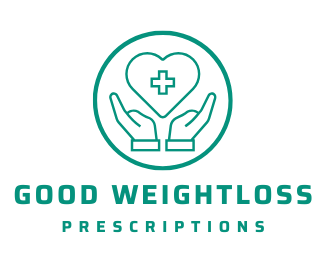

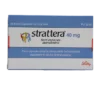
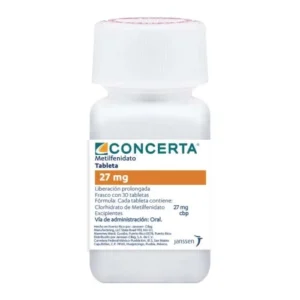
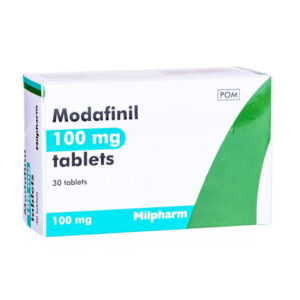
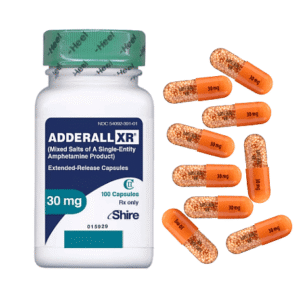
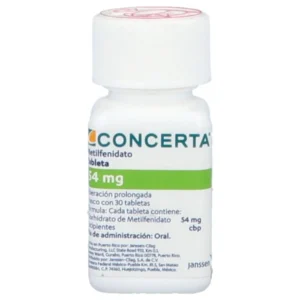
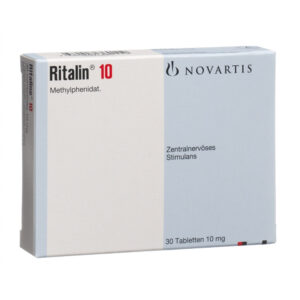
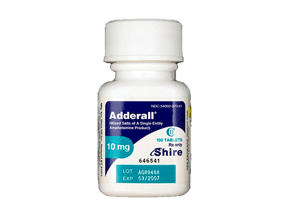
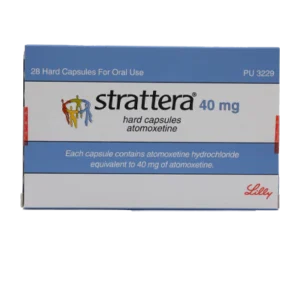
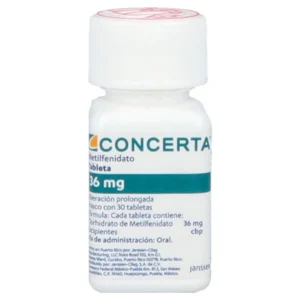
Reviews
There are no reviews yet.